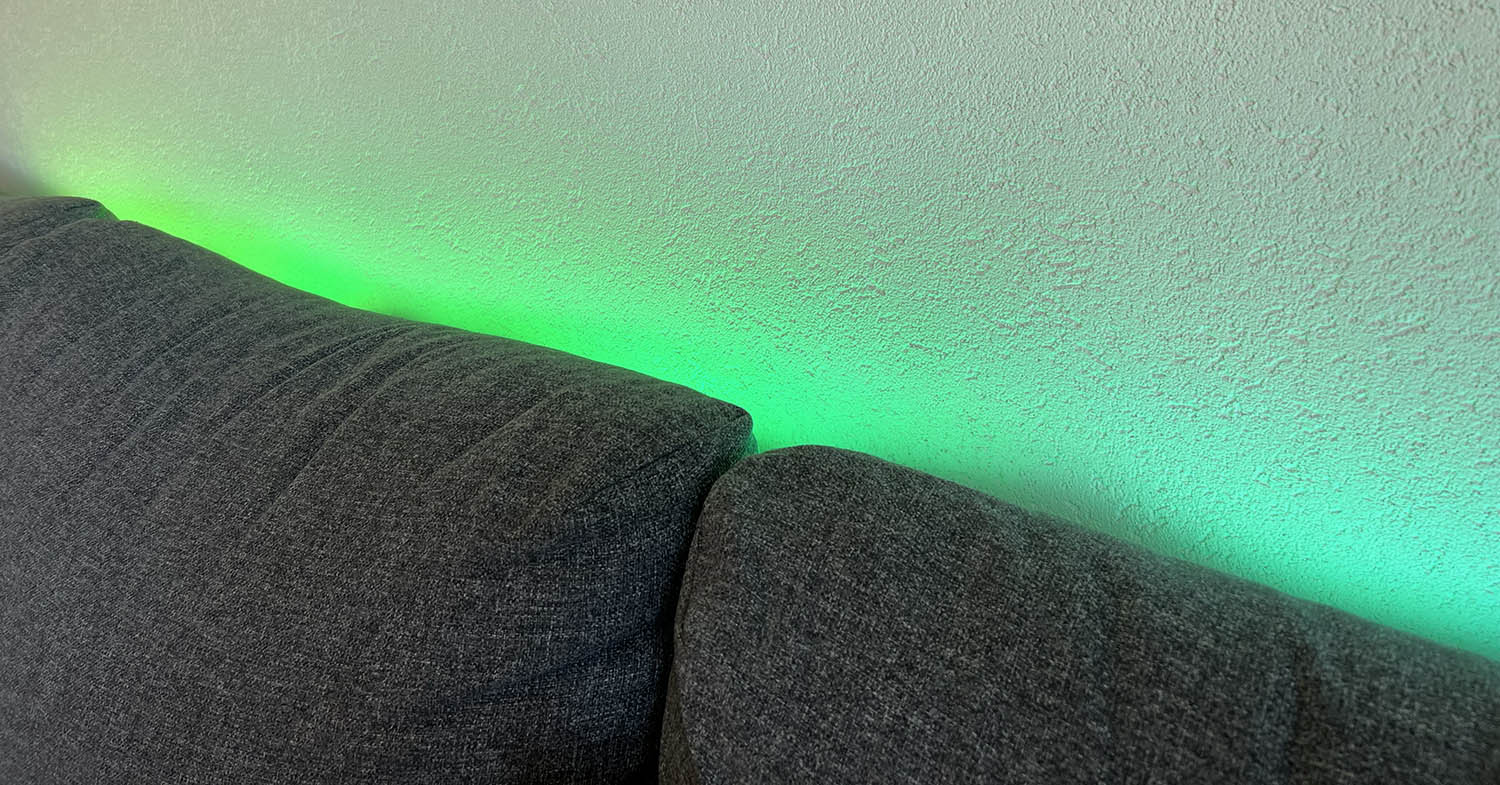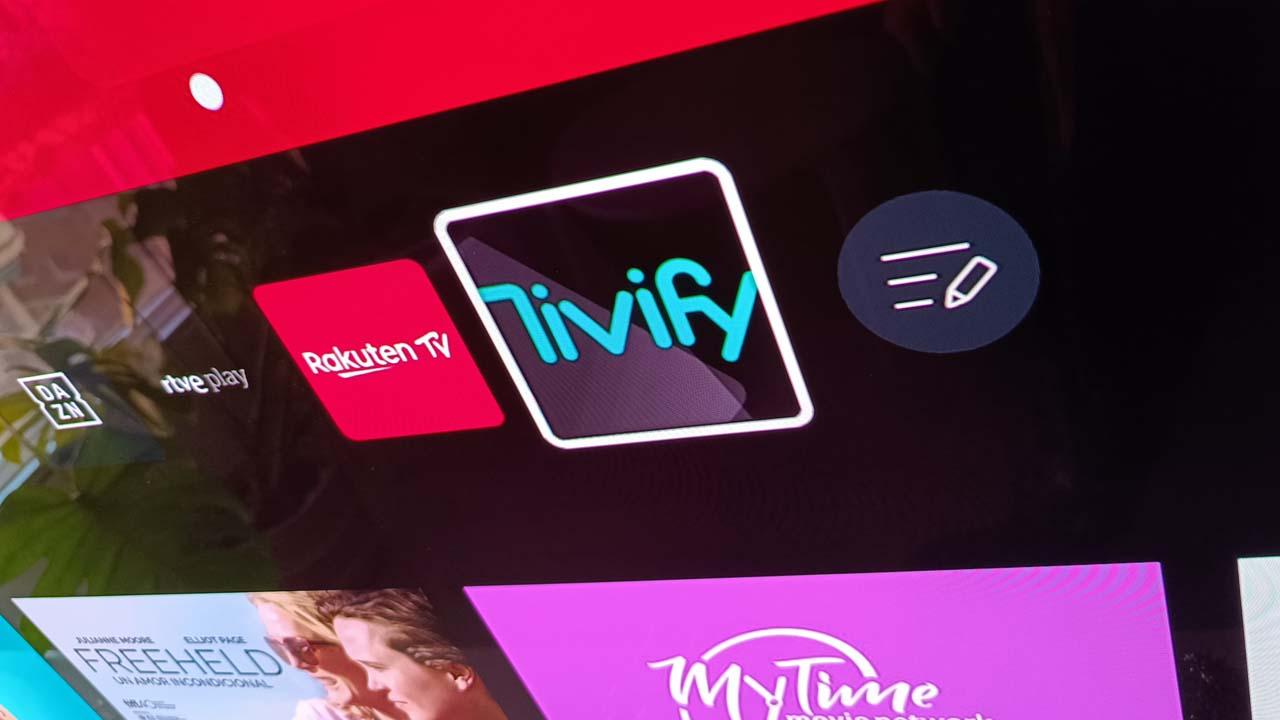The brands that have the most weight in NASA’s Artemis program are Elon Musk’s SpaceX and Jeff Bezos’ Blue Origin. The US space agency has already signed contracts with the two companies to develop aerospace technology that they will use to send astronauts to the Moon again. Recently, they have reported that both will have to develop cargo landers to send heavy equipment to the Earth’s only natural satellite.
NASA began preparations for the Artemis missions a long time ago. Two years ago, they launched the first unmanned Orion spacecraft into lunar orbit and the second, which will be manned, is planned for the second half of 2025, after some delays. Until the third, astronauts will not set foot on the Moon, but the modules to carry cargo to the satellite that NASA has commissioned from SpaceX and Blue Origin are planned for later.
Initially, Artemis III is planned for September 2026. Although it may end up being delayed, NASA is not giving in with that date at the moment. However, human explorations will be short, about 10 days (30 if we add the trip). With the intention of complementing its space research, the agency will need cargo landers from Elon Musk’s company and Jeff Bezos’ company to carry special equipment.
SpaceX and Blue Origin cargo landers
According to NASA in a publication, they hope to be able to use the Starship cargo lander to deliver a pressurized rover “no sooner” than 2032. Meanwhile, Blue Origin must deliver a habitat to the lunar surface “no sooner” than 2033. While both companies are already developing their human landing systems, the agency wants them to make a variant of their modules for transporting cargo.

As these are modifications to the space vehicles they are already building, the firms hope not to have to dedicate so much time to research and development. These should be capable of carrying between 26,000 and 33,000 pounds (11,793.402 and 14,968.548 kilograms) of equipment and other materials to the Moon. And the agency believes those changes can be made in less than a decade.
Stephen D. Creech, deputy administrator for technical affairs at the Moon-Mars Program Office, explains that these cargo landers would be intended for future missions “beyond Artemis V.” The space program’s fifth lunar exploration is currently expected to take place in 2029.
In order to ensure the success of Artemis, NASA has decided to have two lunar lander suppliers. As Creech says, these can provide “different approaches to crew and cargo landing capability,” providing “mission flexibility.” Furthermore, the professional assures that this “ensures a regular cadence of landings on the Moon for continued discovery and scientific opportunity.”
Artemis, the prelude to trips to Mars
The goal of the Artemis campaign is for NASA to explore more of the Moon than in past missions. As indicated on its website, the agency hopes to learn to “live and work far from home” and prepare for a “future Mars exploration mission.”

To do this, they not only rely on the work of SpaceX and Blue Origin. As they point out in their publication, they will also use NASA’s SLS (Space Launch System) rocket, ground exploration systems, the Orion spacecraft, Axiom Space’s next-generation spacesuits, the Gateway lunar space station… They are many elements that will be needed for the US space agency’s plans to go as planned in the coming decades.













